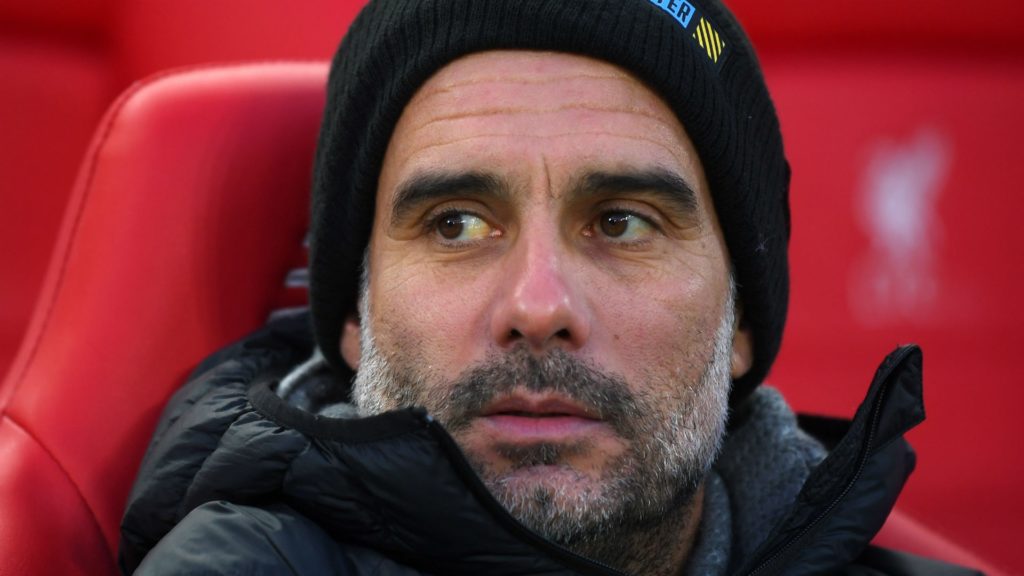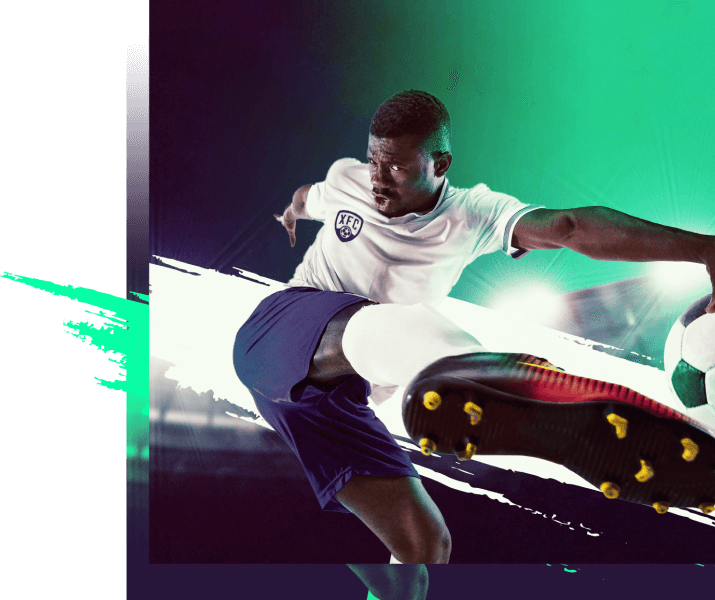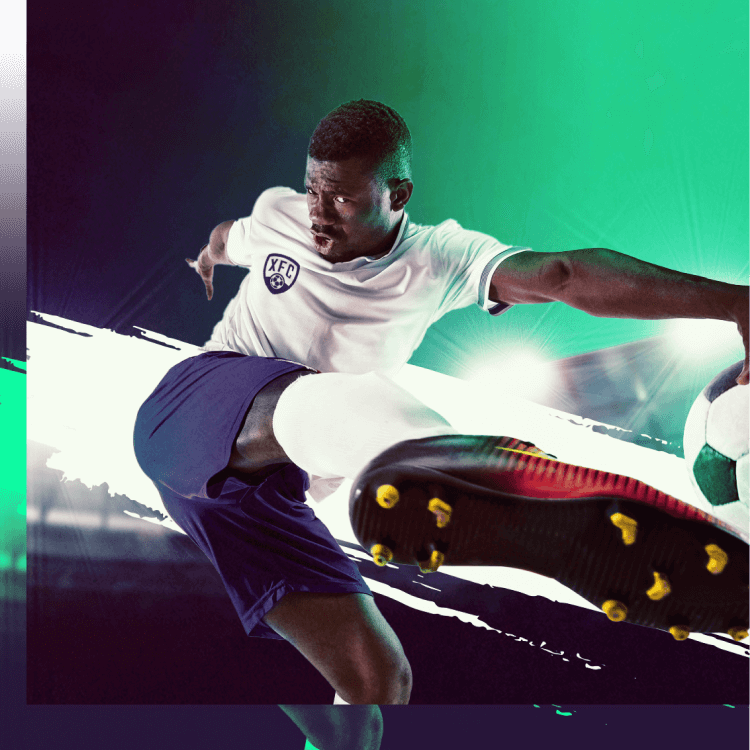Pep Guardiola’s tactical innovations are unrivaled in the modern era of football. After a tremendous 2019 season, Manchester City is now forced to settle for second place in the Premier League. What were Guardiola’s tactical alterations and why didn’t they win City the title this time?
Manchester City’s transfers and squad depth
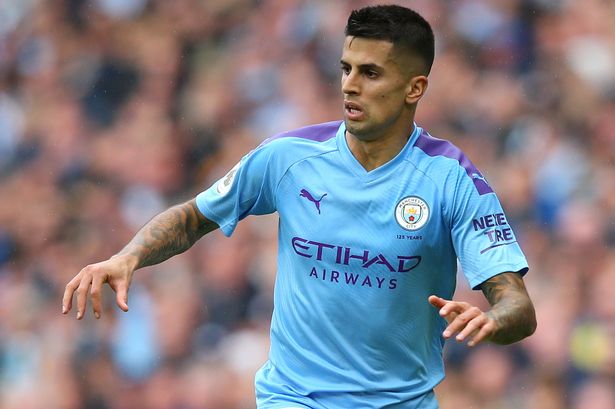
Pep Guardiola’s transfer spending has been under a lot of scrutiny. Massive funds were put into creating his EPL-dominating squad.
This time around, the 2019/20 season saw Guardiola make few moves. Clearly, this was done out of a sense of belief in his squad.
Transfers in
Rodri joined for €70.00m from Atletico Madrid. He was asked was to play a classic Guardiola part. Rodri worked as a defensive midfielder, tasked with moving the ball quickly and accurately.
He played for much of the season, adapting slowly, but finally enjoying good stats. Rodrigo indeed passed the ball well (92% success rate), scored three times, and contributed an assist. Other players were more flashy. Still, Rodri was a dependable member of the unit.
Joao Cancelo joined from Juventus for €65.00m. But, Cancelo played nearly as many matches as Kyle Walker, the man he was supposed to replace. And, at the end of the day, there was little separating the two players. It was a transfer that offered Guardiola options. However, it was not a deal that improved the squad.
Transfers out
Manchester City bought others players as well. Almost all of them were swiftly loaned out. And, judging by City’s track record, many of them have little hope of rejoining the squad.
For example, Angelino arrived for €12m. The left wing-back played very well indeed for RB Leipzig. Instead, City was left to improvise in that position. Oleksandr Zinchenko occupied that part for much of the year. Benjamin Mendy replaced him once he was injury-free. Both proved less than ideal choices for Pep Guardiola.
Pep Guardiola’s tactical tweaks: build-up, formation, roles
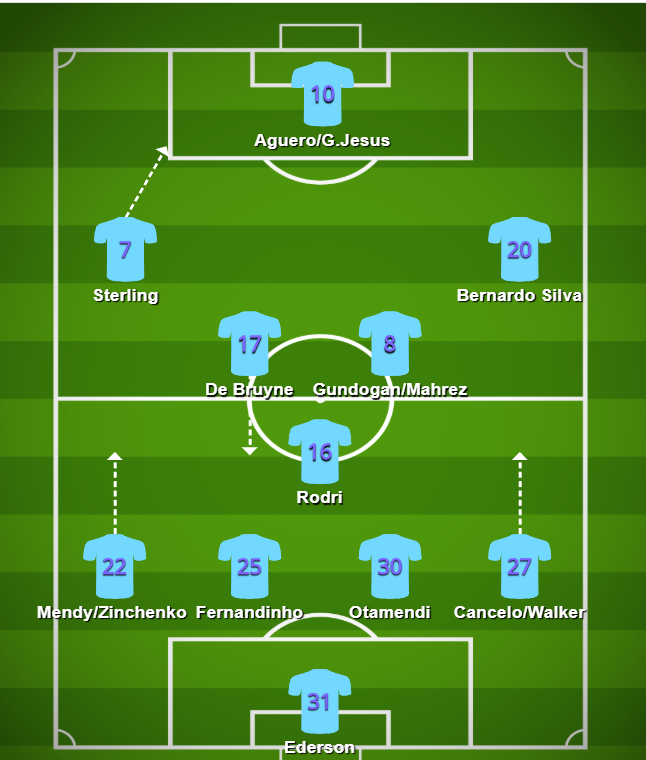
If it ain’t broke, don’t fix it seems to have been Guardiola’s mantra. It might have made sense were it not for the fact that City’s players are more likely to produce mistakes this year than in the previous two campaigns.
The formation Pep Guardiola employed for much of the season was a 4-3-3, that often morphed into a 4-5-1. Sergio Aguero and Gabriel Jesus were the squad’s only strikers. Other times the Spanish manager was content with using two lines of three midfielders, thereby eliminating the use for a striker altogether.
Build-up was done from the back. Unsurprisingly, Manchester City’s greatest strength was the team’s passing. City plays high up the pitch and encourages man-marking in the opposition’s half.
Wide wing-backs and a single pivot are introduced. The center midfielder will often drop down to assist the two central defenders when possession is lost.
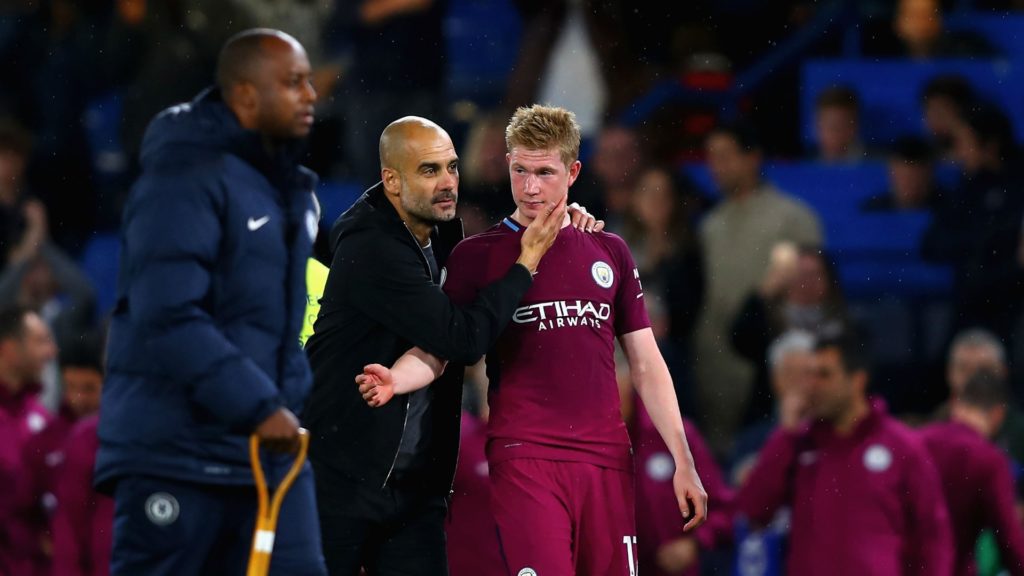
When building from the back, another midfielder, often Kevin de Bruyne drops down to assist defenders with creating passing opportunities. Strikers are encouraged to do the same, thereby stretching the opposition’s markers.
In the final third, Man. City are masters of using space and speed. Players will often be active in half-spaces. This leaves defenders having to decide whether to press for the ball or stand their ground. The technique and passing abilities of players like Bernardo Silva, Kevin de Bruyne, or Riyad Mahrez makes it difficult to make the best decision.
How did Manchester City lose points in 2019/20?
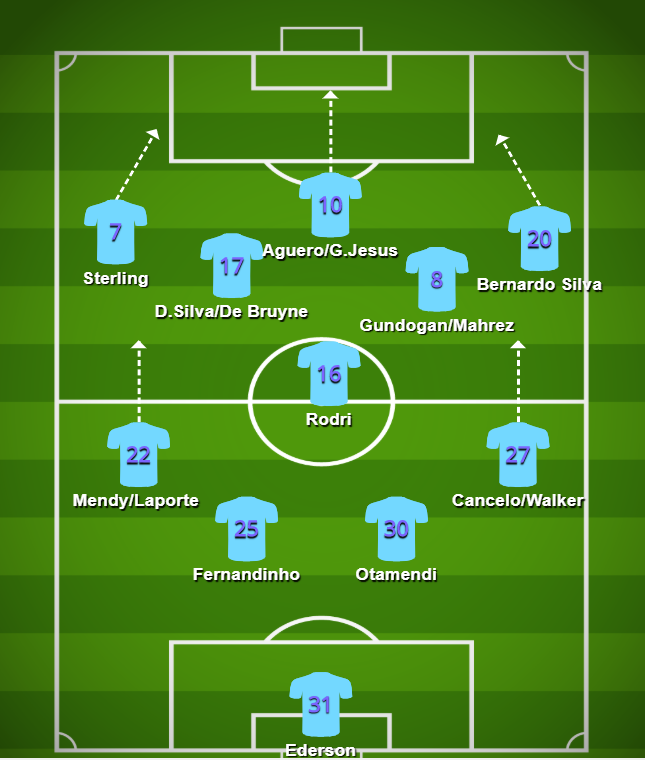
The teams that managed to grab points playing against City, were the ones that were able to solve the questions of possession and marking.
Chelsea recently grasped a 2-1 victory over Pep Guardiola. Here, Frank Lampard rarely challenged for possession. Their back four and experienced pivot, N’Kolo Kante managed to reduce the number of shots on goal. In attack, quick wingers, C. Pulisic and Willian profited from City’s slow wide players.
Guardiola’s MVPs and let-downs
Guardiola, generally speaking, got the best out of his available squad. Manchester City’s problems have usually lied in injuries and lack of squad depth. This is ironic for a team that employs such a vast number of players.
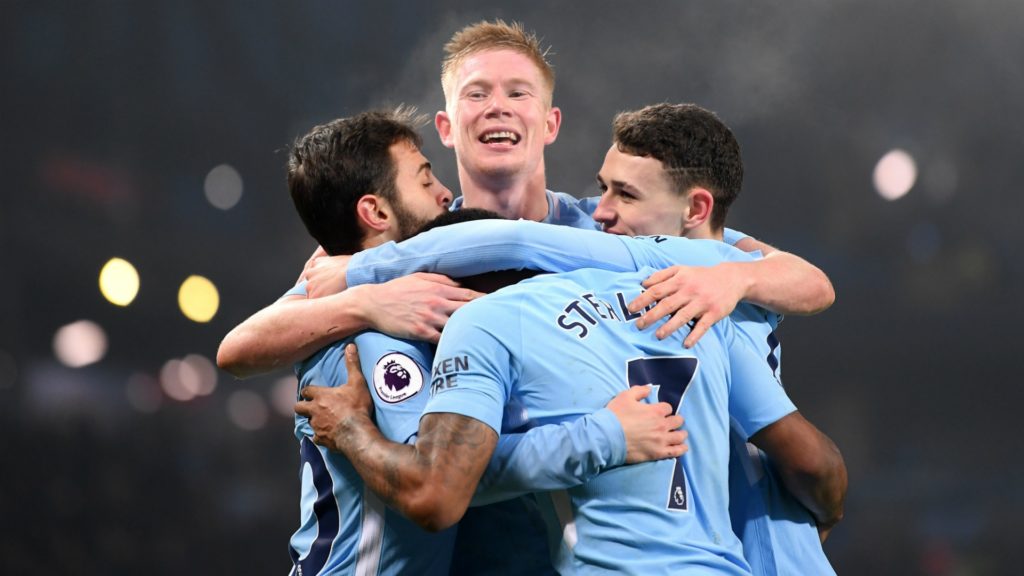
For yet another season, City’s MVPs were its midfielders. Kevin de Bruyne enjoyed a new season as, perhaps, the Premier League’s most formidable midfield force.
Riyad Mahrez, Rodri and Ilkay Gundogan are all great passers. However, they do not possess the determination and leadership of David Silva and Fernandinho, who are both considering retirement.
Injuries have curtailed the campaigns of John Stones, Benjamin Mendy, and Nicolas Otamendi. This greatly decreased City’s strength in defense. Oleksandr Zinchenko was again used as a wing-back. He’s played well, but not enough to inspire victories.
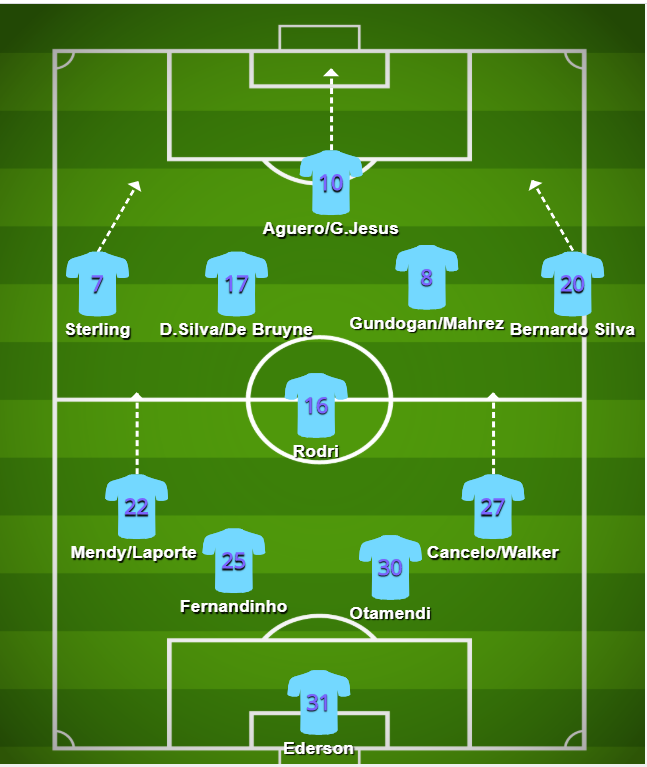
Finally, in attack things have been kept simple. Sergio Aguero has not failed to live up to his goalscorer reputation. Meanwhile, Gabriel Jesus will feel cheated about not having received more time on the pitch.
Manchester City better than Liverpool?

Liverpool reached the pinnacle of the team’s capabilities in late 2019. The team has improved steadily over the course of several years. Their consistency was helped by the morale-boosting victory in the Champions League.
It’s hard to call Liverpool a better team than Manchester City. Jurgen Klopp’s side managed to salvage points in close-encounters. This was something that Guardiola’s men mastered in prior seasons but failed to do this year.
In the end, winning or losing in the EPL is a matter of small margins. City continues to be one of Europe’s finest football clubs. In 2020 they face new challenges that include a UEFA ban, he rise of rivals like Liverpool, and uncertainty over their players’ futures.
Still, with Pep Guardiola at the wheel, Manchester City remain in the game to win any of the continent’s biggest competitions. It’s far from over for the Mancunians.
